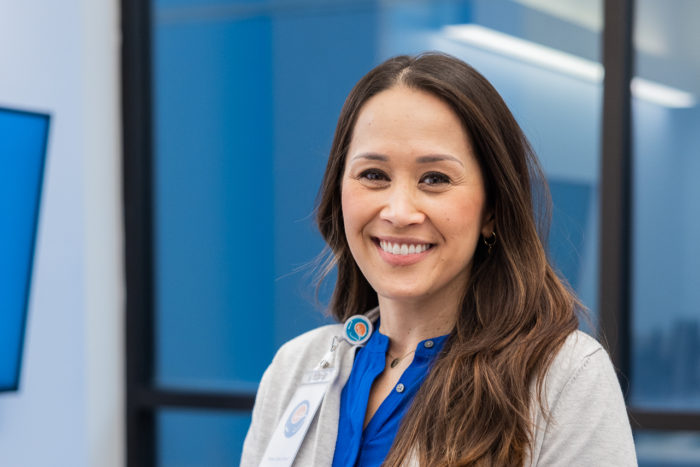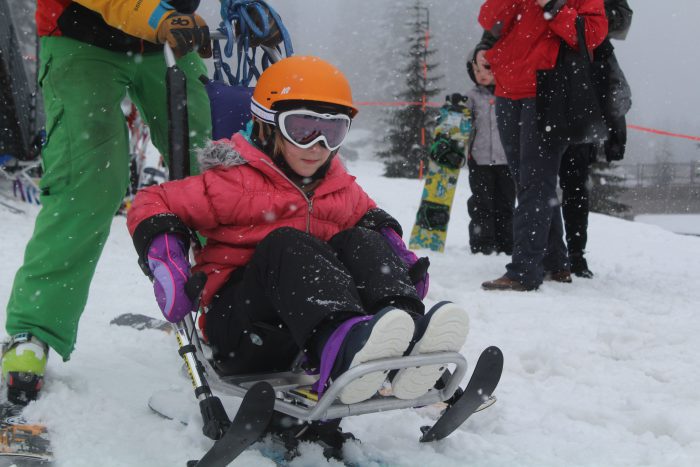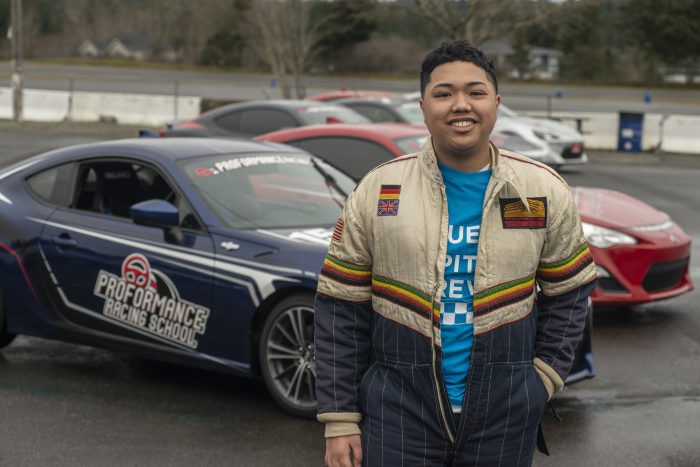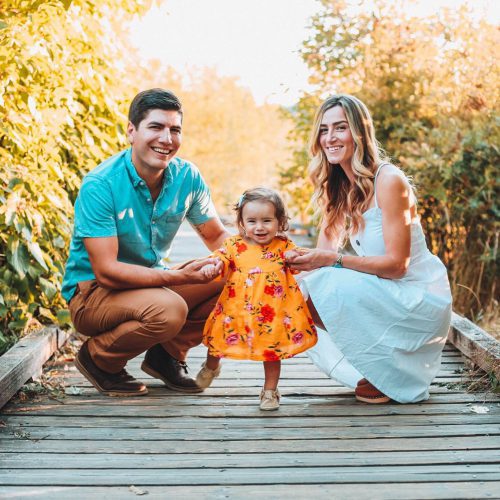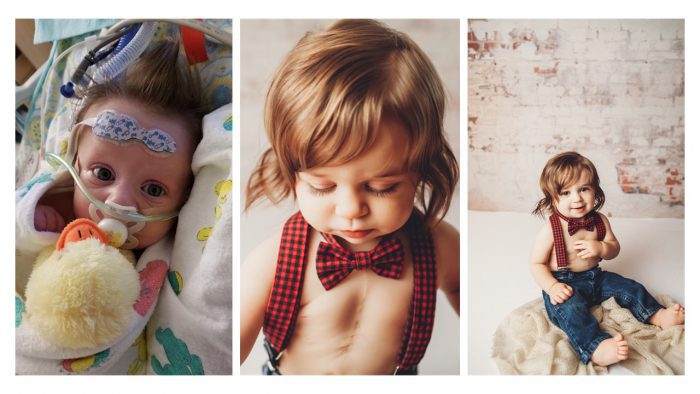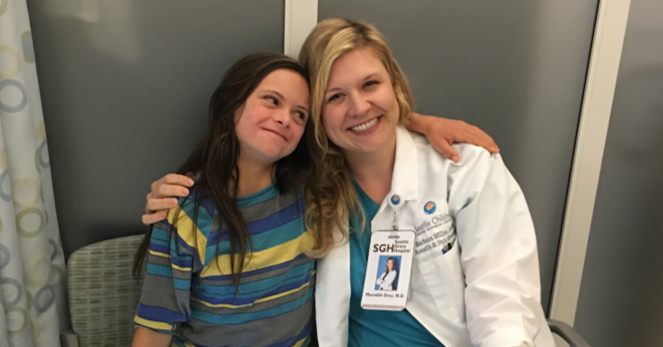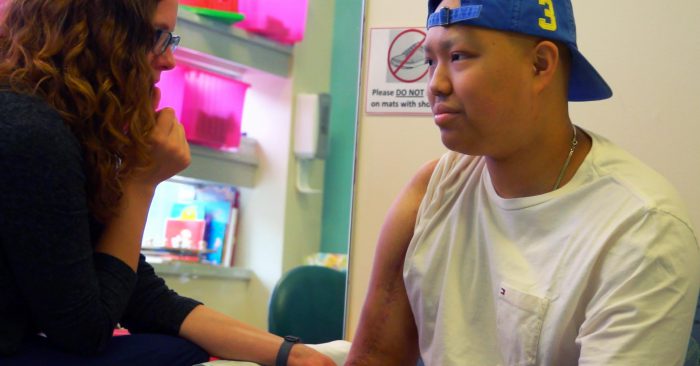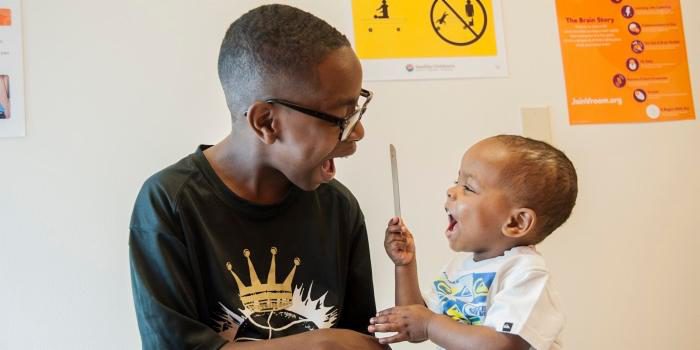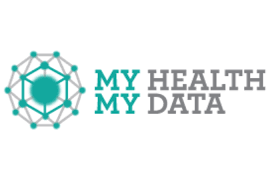A three-part series featuring the medical directors at OBCC focused on integrating care and building community together This is part three of a three-part series. In prior weeks, On the Pulse featured Dr. Kenisha Campbell and Dr. Kari Sims. As a Pacific Northwest native, Dr. Christen Manangan always dreamed of working in the Seattle […]
When Ryder Gordon was 2 years old, he underwent his first surgery. It took 12 hours and saved his life. Thomas Gordon and his wife, Magi, vividly remember the day they handed over their son to surgeons at Seattle Children’s. “It was gut-wrenching,” said Magi. “You want more than anything to switch places with your […]
There was one thing that was brighter than 8-year-old Jana Staudenraus’ coral ski jacket and orange helmet as she flew down the mountain at Stevens Pass this weekend on a sit ski: her big smile. As she came to a stop at the bottom of the slope, her family was there cheering, celebrating the first […]
Miguel Navarro is finally getting back to doing what he loves most: driving. “Driving has always been an escape for me,” said Miguel. “It’s where I feel most at home. When you’re driving, you forget everything else around you.” When he was first diagnosed with cancer, Miguel was told he may never be able to […]
Benjamin (Ben) Bronske recently said goodbye to the legion of Stormtroopers who have been with him since his first small steps. For many parents, a child’s growth is charted by a simple mark etched on a door frame. For Ben, his growth will be commemorated by a different kind of memento, one of resin and […]
Malia Juarez and her husband were over the moon with excitement when they found out they were pregnant. Their journey to get there hadn’t been an easy one. Juarez suffered from endometriosis, and so heartbreaking words like infertility had been discussed. They dreamed of the pitter patter of little feet running through their home, and […]
A year ago, baby Titus Sickles was fighting for his life. In need of a new heart, doctors didn’t know if he was going to make it to transplant. Patiently and desperately, the family waited on the transplant list, watching as their newborn baby’s heart failed before their eyes. “I knew he wasn’t doing good,” […]
Doctor appointments aren’t usually a fun experience for 17-year-old Savannah Miller who was born with Down syndrome. Usually, trips to the hospital are accompanied with a fair share of reluctance and anxiety. During a recent trip to Seattle Children’s, however, that all changed thanks to Lindsey Thomsen, a pediatric nurse practitioner in the pre-anesthesia clinic […]
A single blow to 18-year-old Miguel Navarro’s shoulder turned his world upside down. He was boxing with his friends one afternoon when he felt a snap. He took a hit to his shoulder and immediately knew something was wrong. “That punch altered my world,” said Miguel. Miguel went to the emergency room where he found […]
Dr. Seok Bee Lim has been practicing pediatric dentistry at Seattle Children’s Odessa Brown Children’s Clinic (OBCC) in the Central District for nearly 37 years. Although the neighborhood around her has changed since she started her career there, the mission of OBCC and the passion she has for caring for her patients has remained steadfast. […]

